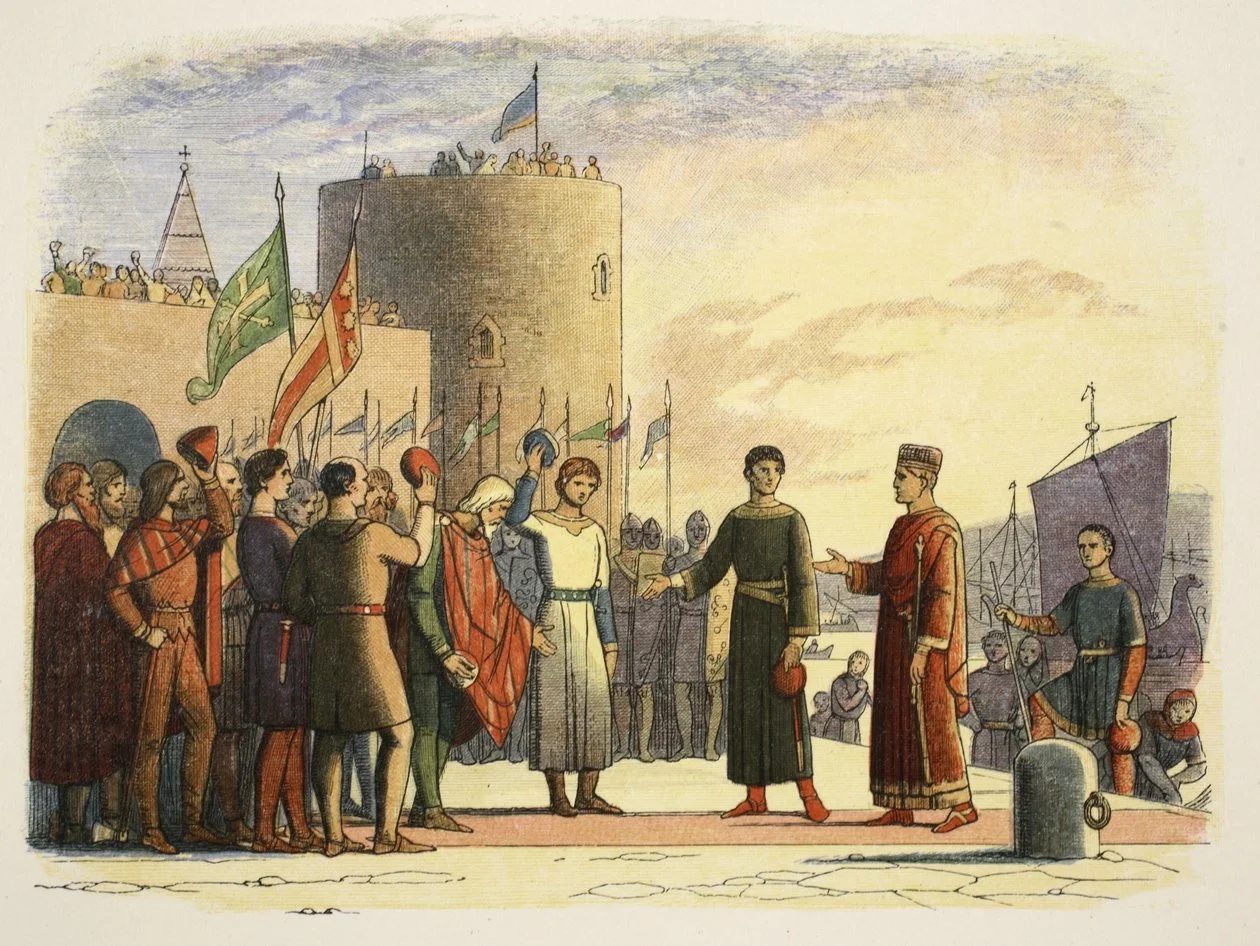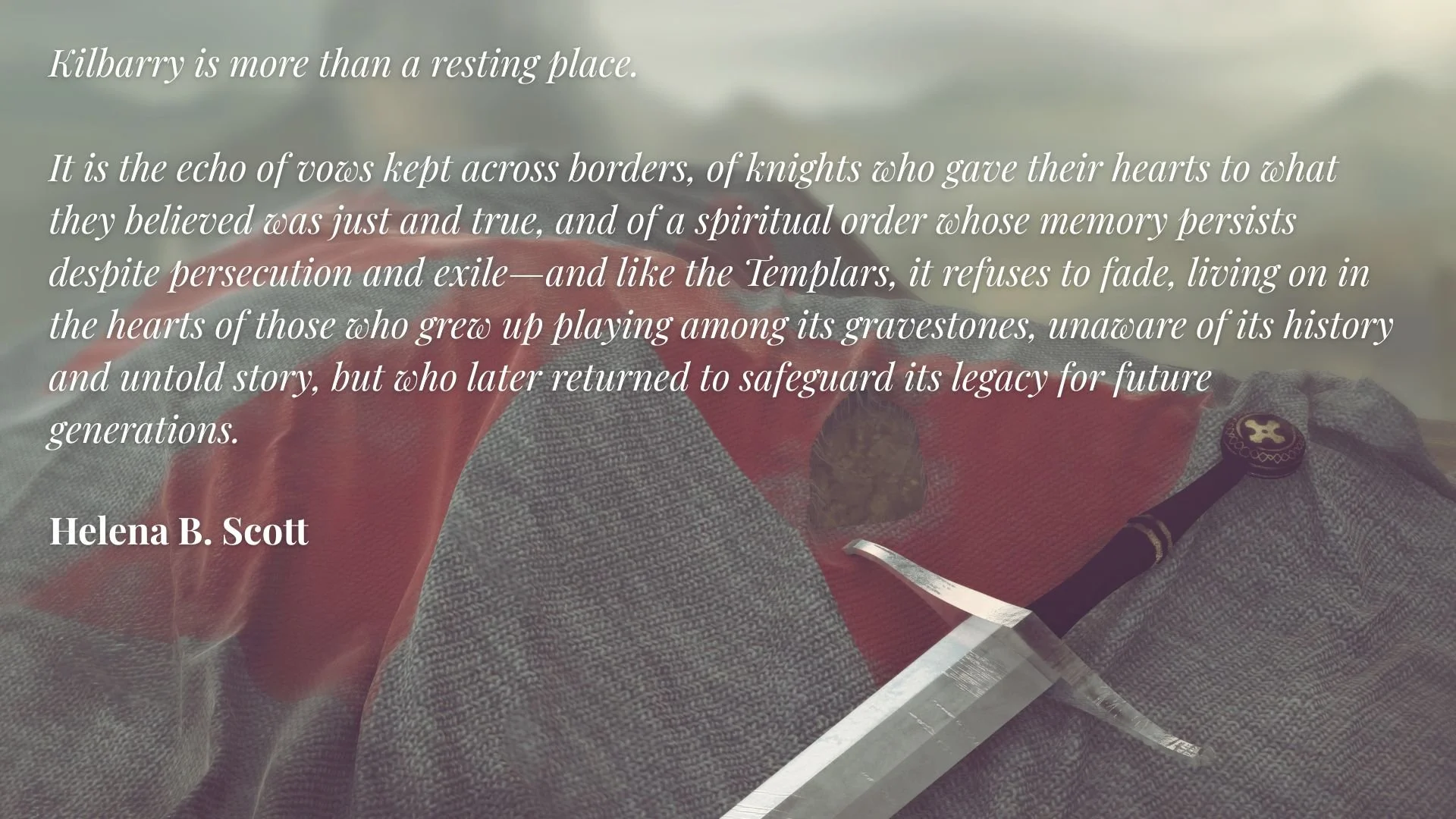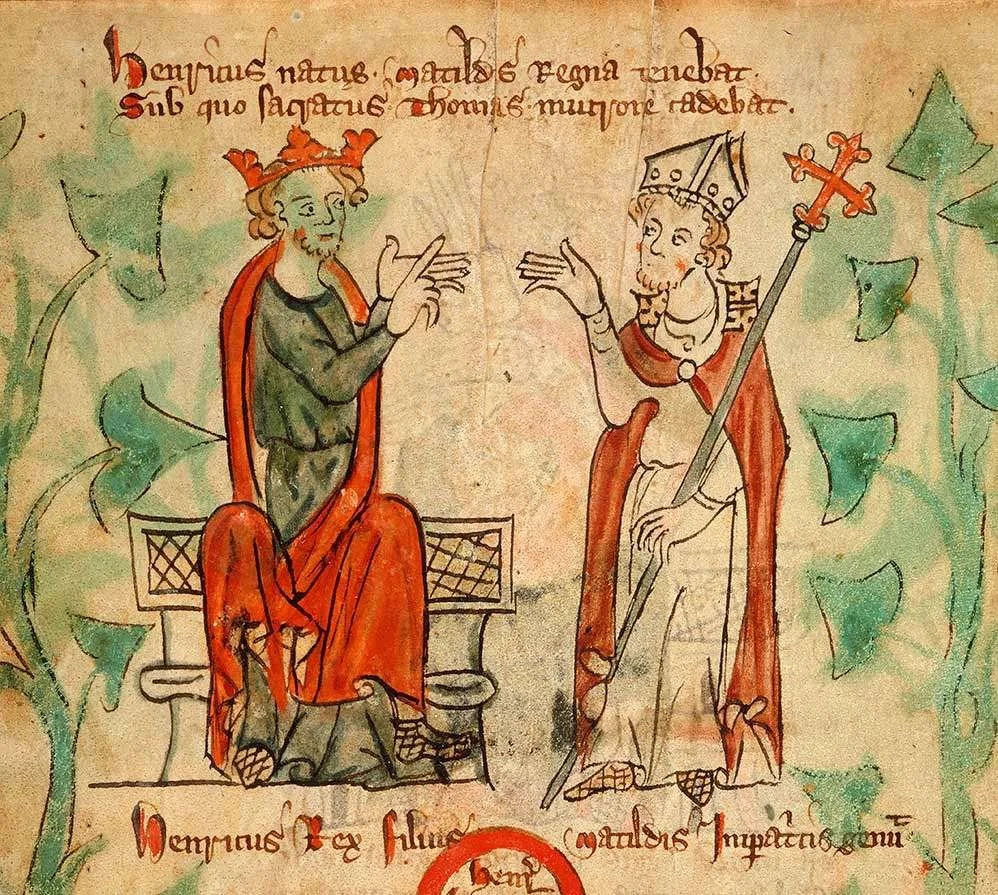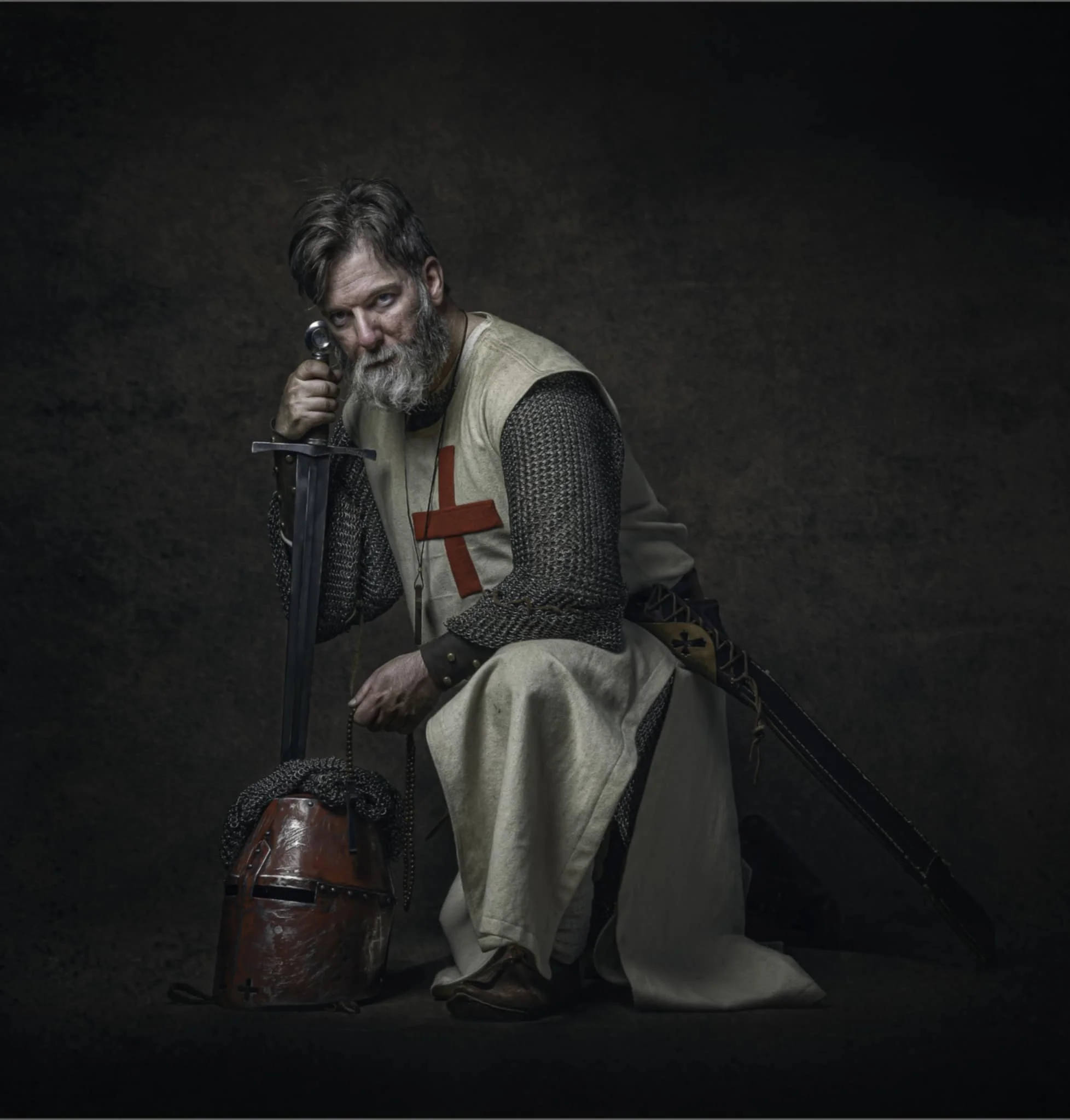
Waterford Templar Historical Day
Saturday, 11 October 2025
Waterford: founded by Vikings, shaped by Normans and Knights Templar
Both Waterford and Wexford, key Anglo-Norman landing points, along with the broader southeast of Ireland (Co. Kilkenny, Co. Carlow, and parts of Tipperary), held particular significance for the Knights Templar in the wake of the Anglo-Norman invasion. While the Templars did not enter Ireland as a unified military force, many of the Anglo-Norman knights who crossed the seas were themselves members of the Order, leaving a distinct spiritual and cultural imprint.
Co. Waterford, and especially the city of Waterford, with its strategic position as a vital port, became a stronghold of this presence, marked by Templar preceptories, castles, and houses that anchored their role in this region. Here, amid the blending of Norse, Irish, and Anglo-Norman traditions, the Templar legacy took deep root and became an enduring thread in Waterford’s medieval identity.
The Anglo-Norman Invasion:
A Holy Crusade against the Christians of Ireland
In choosing to dedicate my
Inspired by Portugal’s “Templar Days” festivals, Waterford Templar Day remembers the arrest of the Knights Templar on 13 October 1307 and celebrates Ireland’s own forgotten Templar heritage.
Designed as an annual tradition to restore Ireland’s forgotten Templar legacy, it will engage communities while promoting sustainable, off-peak tourism through the island’s rich Templar history and sites.
With the participation and support of professional heritage re-enactor Conchobhar Ó Súilleabháin and his celebrated re-enactment group

Kilbarry stands as one of Ireland’s earliest and most important Templar preceptories, granted by Henry II in 1180 on land already long marked as sacred. As an administrative, economic, and spiritual hub, it bound Waterford’s frontier into the wider networks of crusade and Christendom, while continuing older traditions of veneration rooted in the landscape. Even after the Templars’ suppression, Kilbarry endured under the Hospitallers, leaving behind a layered legacy that speaks of faith, power, and continuity across centuries.
—Helena B. Scott, dissertation excerpt, MA in Public History and Cultural Heritage




